Experience Level Agreement (XLA)
Experience Level Agreement (XLA) redefines IT service quality by putting user experience at the center. Go beyond SLA metrics and evaluate your IT service performance with experience-driven metrics such as satisfaction, perception of value and ease of use!
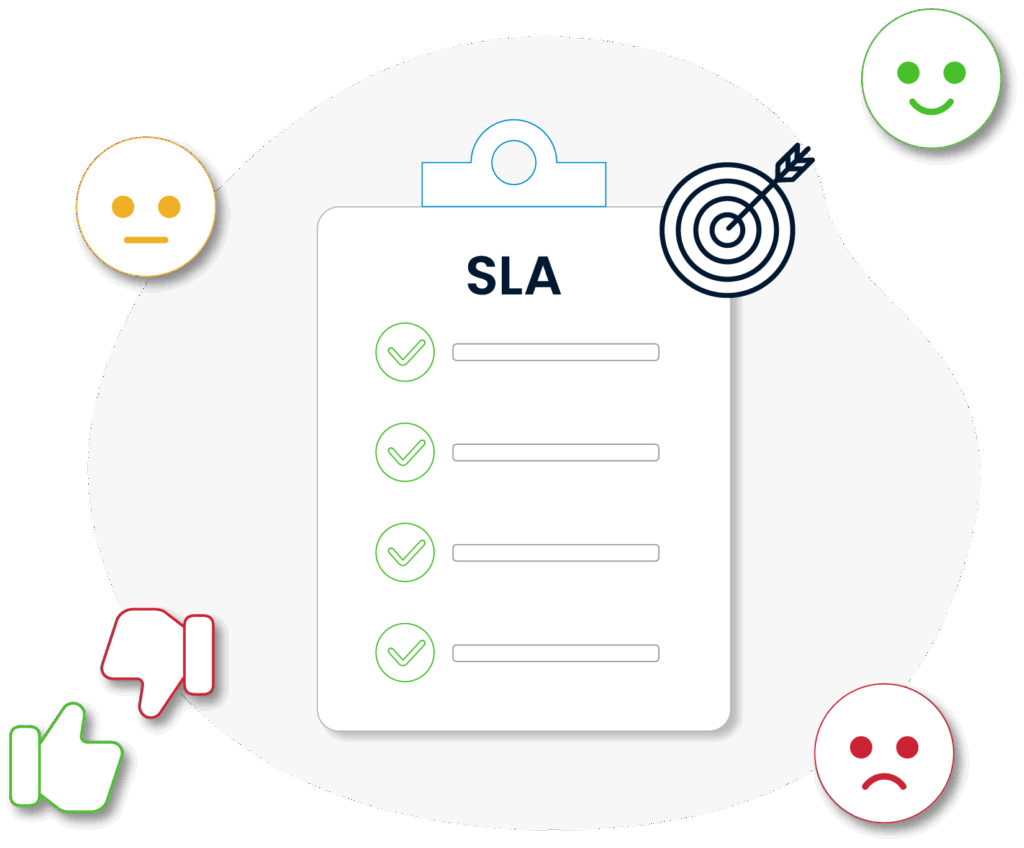

Experience Level Agreement (XLA) redefines IT service quality by putting user experience at the center. Go beyond SLA metrics and evaluate your IT service performance with experience-driven metrics such as satisfaction, perception of value and ease of use!
Benefits of the Experience Level Agreement (XLA) Module

The XLA (experience level agreement) approach measures not only the technical performance of the service, but also the satisfaction of the users with the service. This allows IT departments to assess the real impact. Even if SLA targets are met, dissatisfaction may occur; with XLA, this invisible gap is closed.

With XLA, IT services are measured not only by transaction success, but also by the value they add to the user. This transformation strengthens the role of technology units as strategic partners. Decisions based on user experience data directly contribute to overall business performance. This approach simplifies and makes IT service management more insightful.

While SLA’s (service level agreements) focus on metrics such as time, resolution time and availability, XLA addresses how the experience is delivered. This dimensional model delivers operational efficiency and customer satisfaction together. It enables both IT teams and end users to win. Thus, not only processes but also relationships are improved.

XLA metrics show in detail which areas users are experiencing problems. This contributes to a culture of continuous improvement. Especially in complex services, it becomes clear why complaints are received despite operational success. Improvement priorities are ranked based on data.
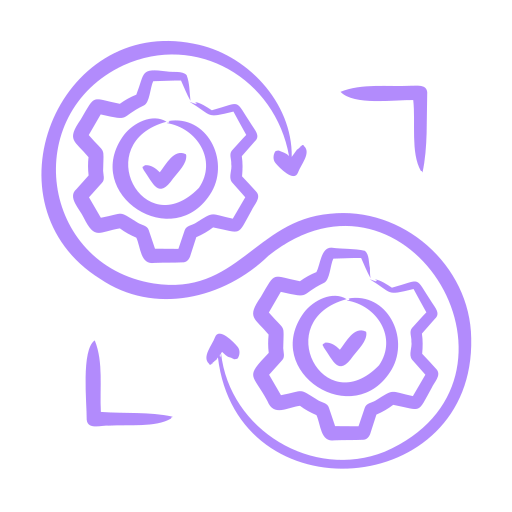
XLA is not an alternative but a complement to SLA. It provides holistic service management by blending technical performance data with user experience. This hybrid approach is fully compatible with modern service management frameworks such as ITIL. Especially in large-scale organizations, the combination of SLA + XLA creates a competitive advantage.
The XLA (experience level agreement) approach measures not only the technical performance of the service, but also the satisfaction of the users with the service. This allows IT departments to assess the real impact. Even if SLA targets are met, dissatisfaction may occur; with XLA, this invisible gap is closed.
With XLA, IT services are measured not only by transaction success, but also by the value they add to the user. This transformation strengthens the role of technology units as strategic partners. Decisions based on user experience data directly contribute to overall business performance. This approach simplifies and makes IT service management more insightful.
While SLA’s (service level agreements) focus on metrics such as time, resolution time and availability, XLA addresses how the experience is delivered. This dimensional model delivers operational efficiency and customer satisfaction together. It enables both IT teams and end users to win. Thus, not only processes but also relationships are improved.
XLA metrics show in detail which areas users are experiencing problems. This contributes to a culture of continuous improvement. Especially in complex services, it becomes clear why complaints are received despite operational success. Improvement priorities are ranked based on data.
XLA is not an alternative but a complement to SLA. It provides holistic service management by blending technical performance data with user experience. This hybrid approach is fully compatible with modern service management frameworks such as ITIL. Especially in large-scale organizations, the combination of SLA + XLA creates a competitive advantage.
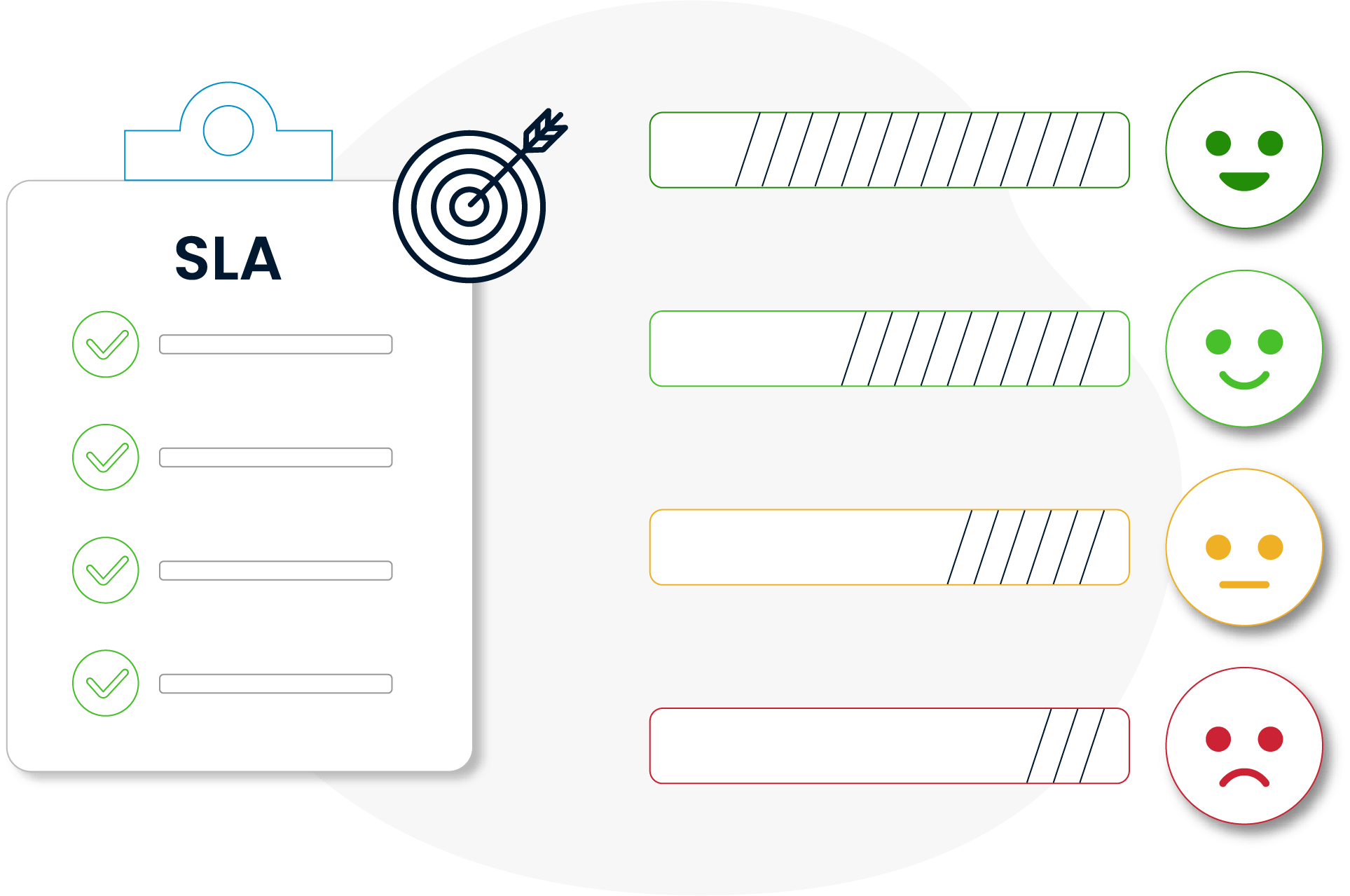
Warning: Undefined array key "background_image" in /home/spidyac/public_html/wp-content/plugins/elementor/includes/conditions.php on line 87
Warning: Trying to access array offset on value of type null in /home/spidyac/public_html/wp-content/plugins/elementor/includes/conditions.php on line 90
Warning: Undefined array key "background_image" in /home/spidyac/public_html/wp-content/plugins/elementor/includes/conditions.php on line 87
Warning: Trying to access array offset on value of type null in /home/spidyac/public_html/wp-content/plugins/elementor/includes/conditions.php on line 90
While SLAs include technical success criteria, XLAs include user-based metrics such as satisfaction, usability, and convenience. Users ' emotional and functional needs become measurable. This more accurately reflects the quality of the service. The IT service becomes successful not only technically but also in terms of customer satisfaction.
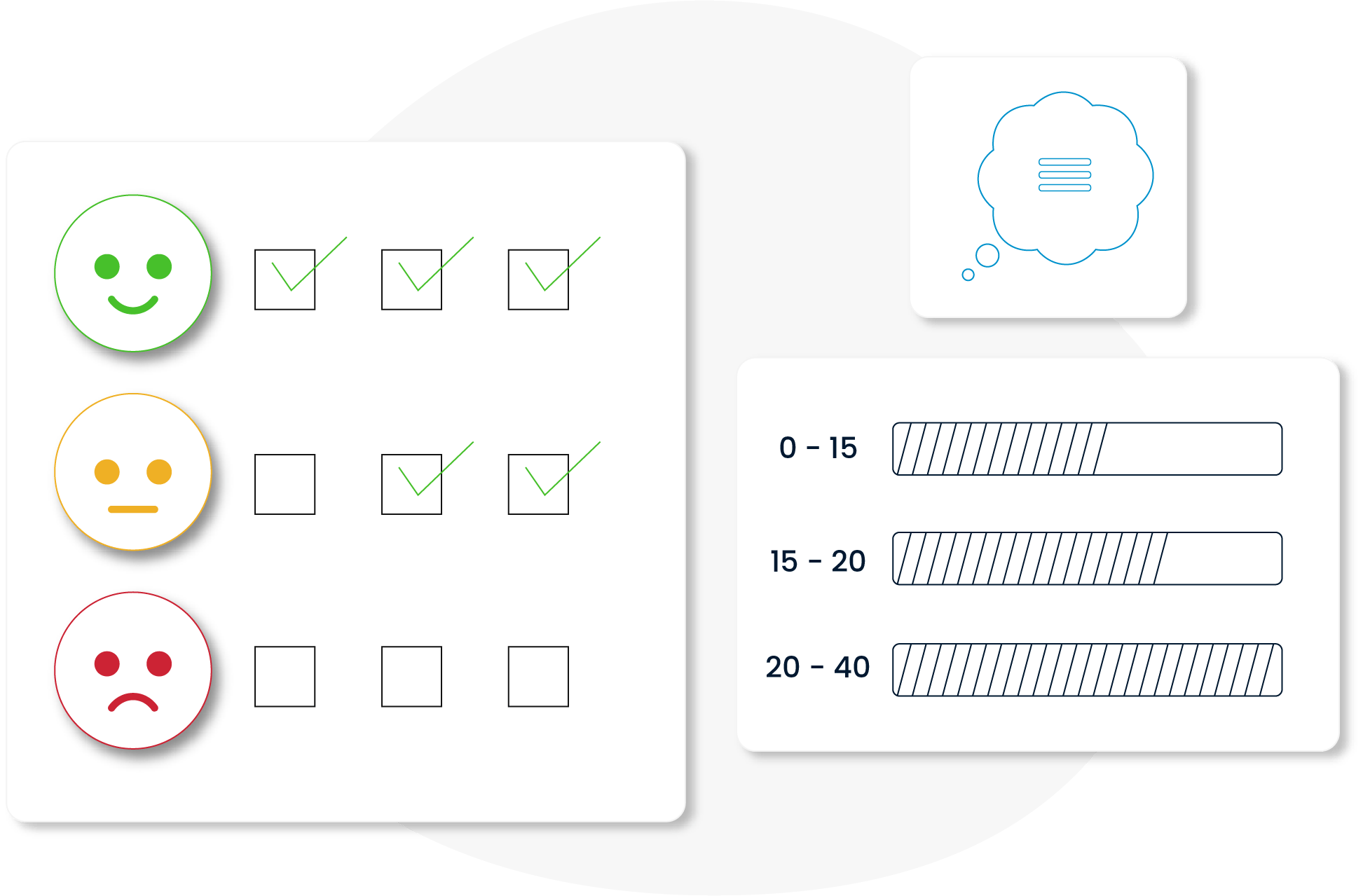
Warning: Undefined array key "background_image" in /home/spidyac/public_html/wp-content/plugins/elementor/includes/conditions.php on line 87
Warning: Trying to access array offset on value of type null in /home/spidyac/public_html/wp-content/plugins/elementor/includes/conditions.php on line 90
Warning: Undefined array key "background_image" in /home/spidyac/public_html/wp-content/plugins/elementor/includes/conditions.php on line 87
Warning: Trying to access array offset on value of type null in /home/spidyac/public_html/wp-content/plugins/elementor/includes/conditions.php on line 90
Users experience is collected instantly through surveys, scoring systems and comments. This feedback enables rapid action in service design. The service management cycle turns into continuous learning. This structure makes a difference, especially in high-volume support units.
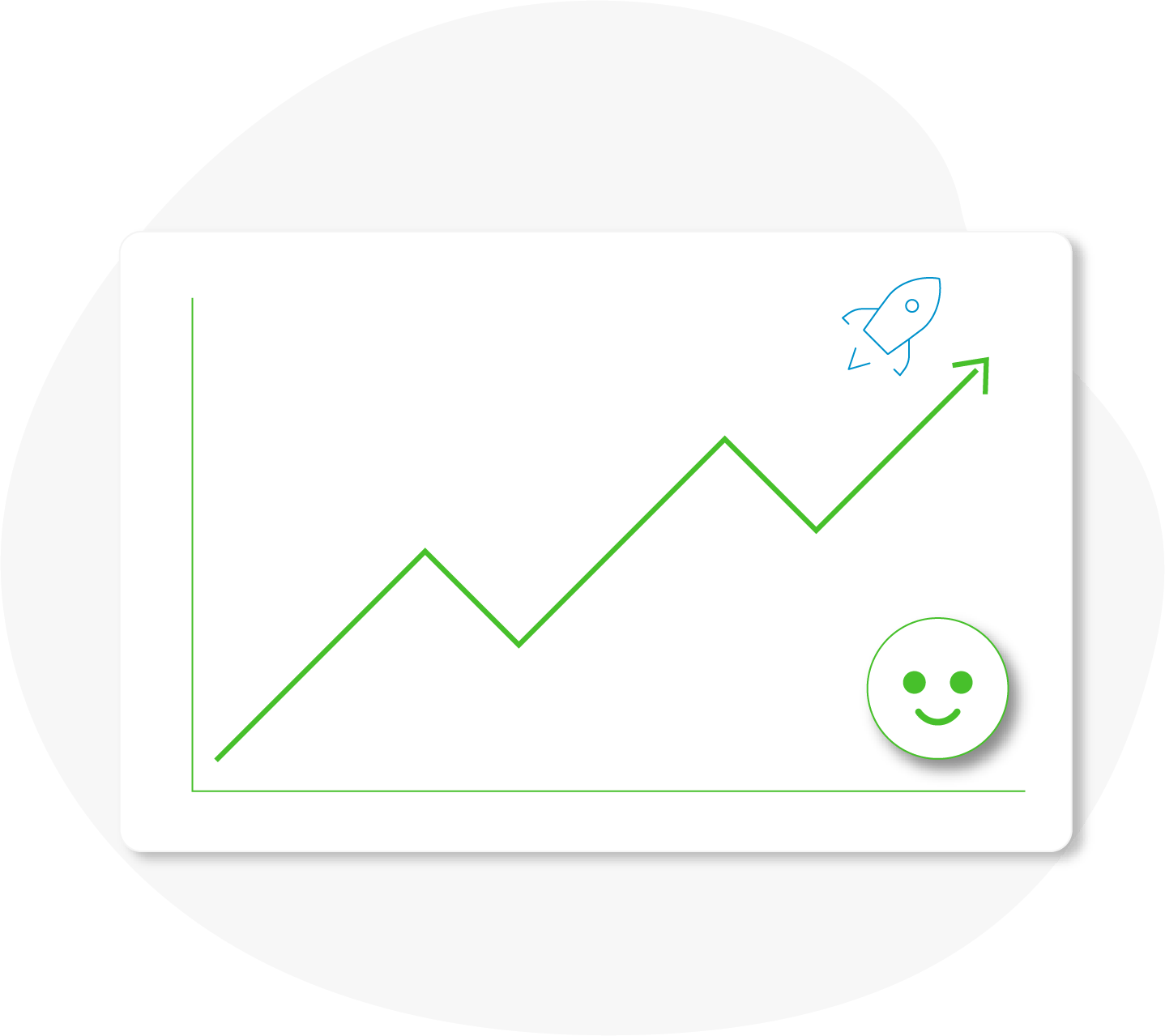
Warning: Undefined array key "background_image" in /home/spidyac/public_html/wp-content/plugins/elementor/includes/conditions.php on line 87
Warning: Trying to access array offset on value of type null in /home/spidyac/public_html/wp-content/plugins/elementor/includes/conditions.php on line 90
Warning: Undefined array key "background_image" in /home/spidyac/public_html/wp-content/plugins/elementor/includes/conditions.php on line 87
Warning: Trying to access array offset on value of type null in /home/spidyac/public_html/wp-content/plugins/elementor/includes/conditions.php on line 90
Warning: Undefined array key "background_image" in /home/spidyac/public_html/wp-content/plugins/elementor/includes/conditions.php on line 87
Warning: Trying to access array offset on value of type null in /home/spidyac/public_html/wp-content/plugins/elementor/includes/conditions.php on line 90
Warning: Undefined array key "background_image" in /home/spidyac/public_html/wp-content/plugins/elementor/includes/conditions.php on line 87
Warning: Trying to access array offset on value of type null in /home/spidyac/public_html/wp-content/plugins/elementor/includes/conditions.php on line 90
Factors such as system speed, ease of implementation, and error frequency are analyzed through the users ' sentiment. In addition to technical KPIs, experience data offers more comprehensive visibility.
The success of digital services is now measured not only by uptime, but also by usability. This puts the user at the center of digital transformation.
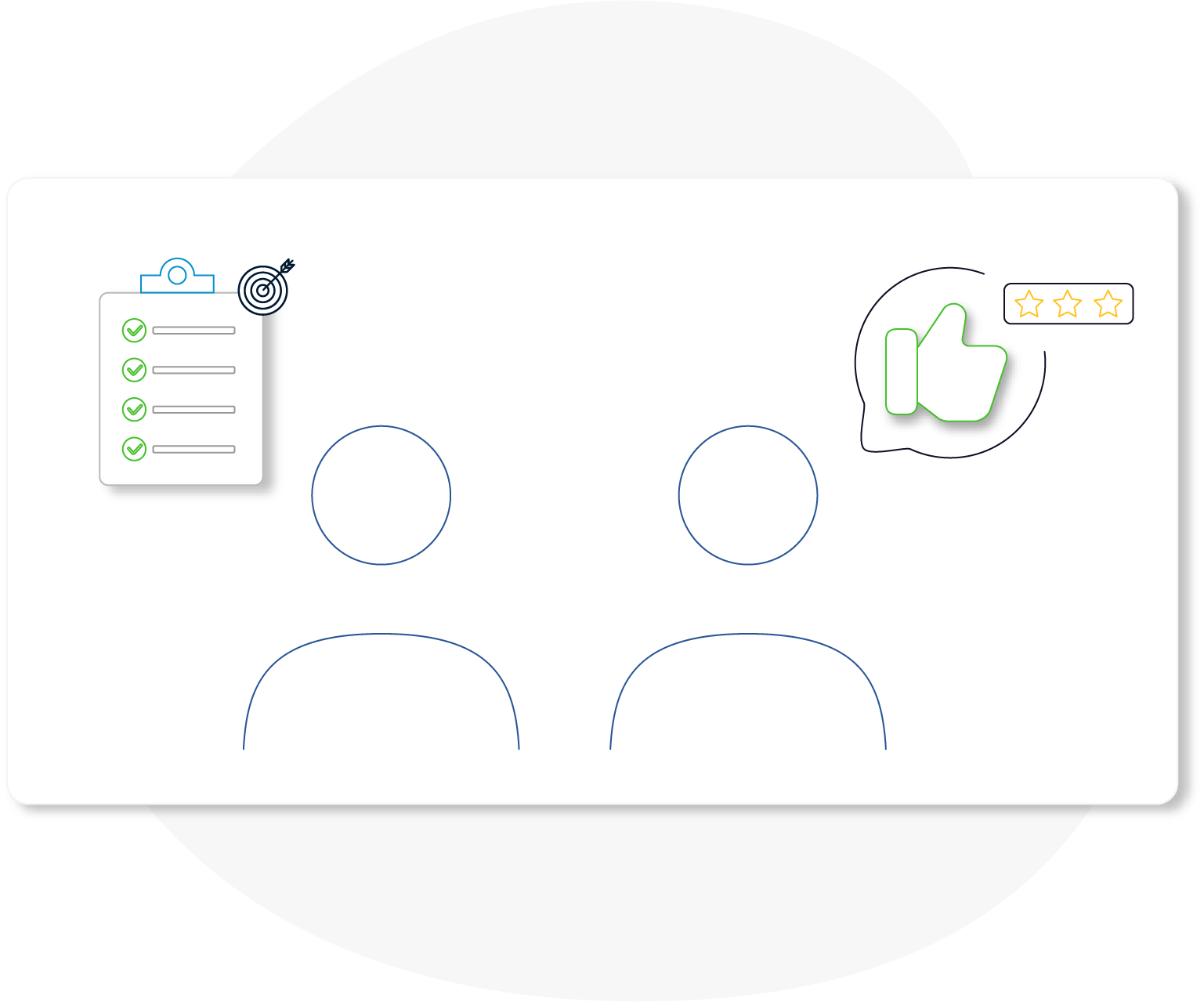
(XLA + SLA)
Warning: Undefined array key "background_image" in /home/spidyac/public_html/wp-content/plugins/elementor/includes/conditions.php on line 87
Warning: Trying to access array offset on value of type null in /home/spidyac/public_html/wp-content/plugins/elementor/includes/conditions.php on line 90
Warning: Undefined array key "background_image" in /home/spidyac/public_html/wp-content/plugins/elementor/includes/conditions.php on line 87
Warning: Trying to access array offset on value of type null in /home/spidyac/public_html/wp-content/plugins/elementor/includes/conditions.php on line 90
XLA and SLA can be implemented together within the same service management model. While SLAs gain weight in critical systems, XLAs come into play at user touch points. Thanks to this flexibility, customization according to different units is possible.
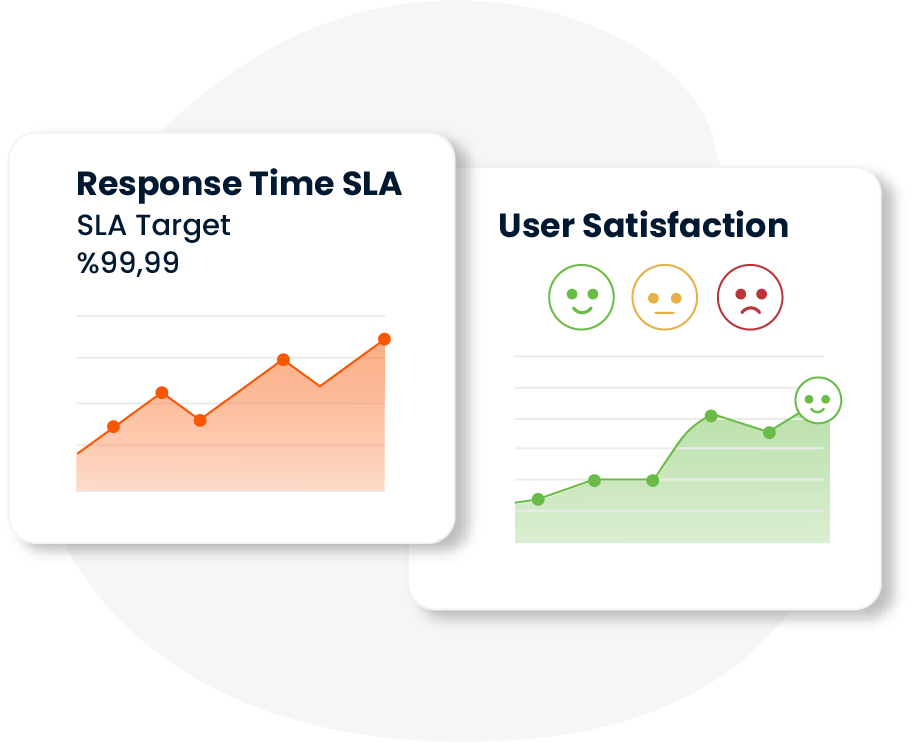
Warning: Undefined array key "background_image" in /home/spidyac/public_html/wp-content/plugins/elementor/includes/conditions.php on line 87
Warning: Trying to access array offset on value of type null in /home/spidyac/public_html/wp-content/plugins/elementor/includes/conditions.php on line 90
Warning: Undefined array key "background_image" in /home/spidyac/public_html/wp-content/plugins/elementor/includes/conditions.php on line 87
Warning: Trying to access array offset on value of type null in /home/spidyac/public_html/wp-content/plugins/elementor/includes/conditions.php on line 90
User experience data is visualized with colorful panels and dashboards. These screens, which are integrated into SLA panels, also show how the service “feels”. Managers master not only technical but also experiential data. Thus, highlevel decisions become more balanced.
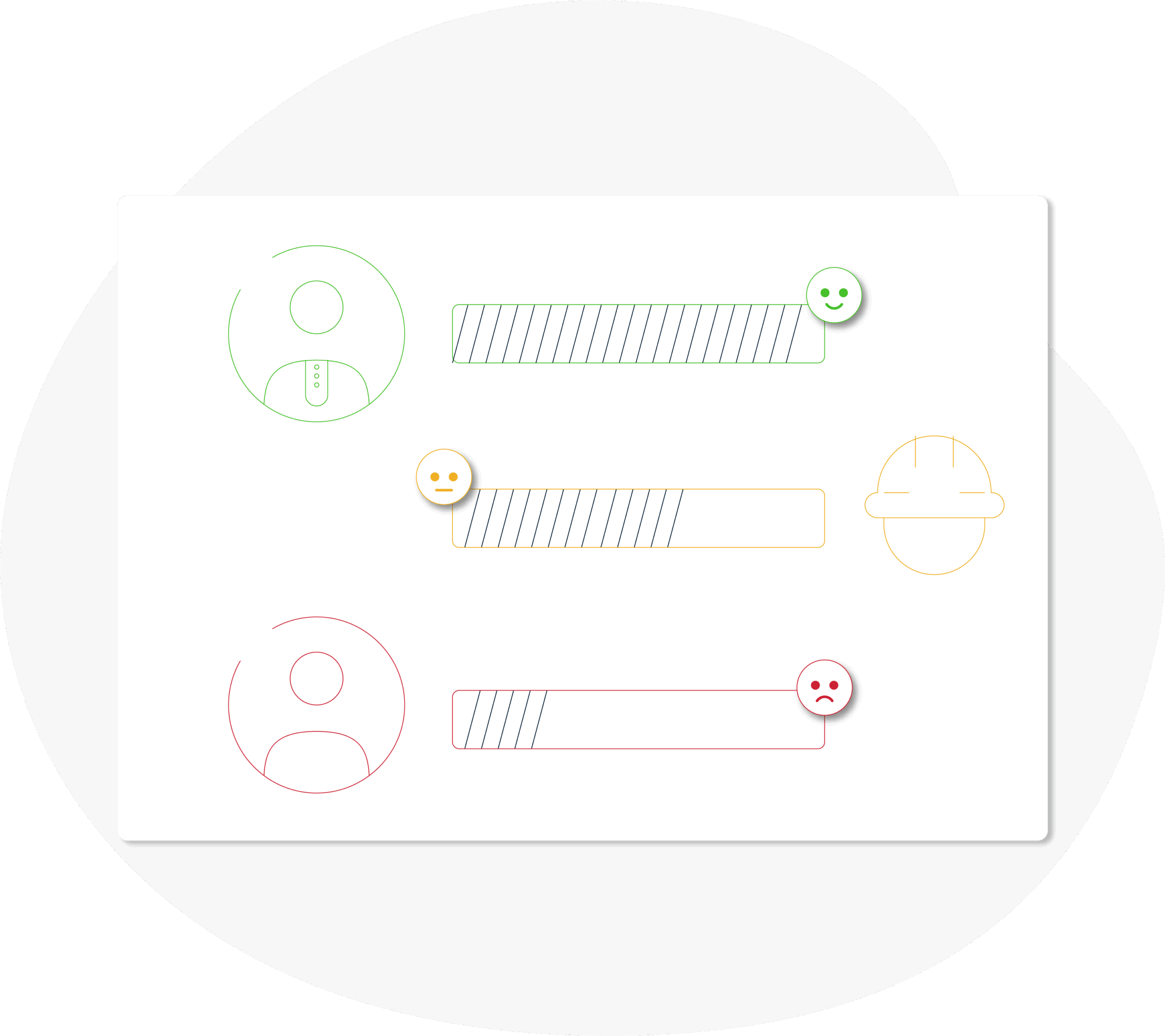
Warning: Undefined array key "background_image" in /home/spidyac/public_html/wp-content/plugins/elementor/includes/conditions.php on line 87
Warning: Trying to access array offset on value of type null in /home/spidyac/public_html/wp-content/plugins/elementor/includes/conditions.php on line 90
Warning: Undefined array key "background_image" in /home/spidyac/public_html/wp-content/plugins/elementor/includes/conditions.php on line 87
Warning: Trying to access array offset on value of type null in /home/spidyac/public_html/wp-content/plugins/elementor/includes/conditions.php on line 90
The experiences of different user groups are monitored and interpreted separately. For example, the needs of field workers and the management team are different. By recognizing these differences, the XLA system makes it possible to personalize the service. This ensures a relevant and valuable service experience for everyone.

The XLA (experience level agreement) approach measures not only the technical performance of the service, but also the satisfaction of the users with the service. This allows IT departments to assess the real impact. Even if SLA targets are met, dissatisfaction may occur; with XLA, this invisible gap is closed.

With XLA, IT services are measured not only by transaction success, but also by the value they add to the user. This transformation strengthens the role of technology units as strategic partners. Decisions based on user experience data directly contribute to overall business performance. This approach simplifies and makes IT service management more insightful.

While SLA’s (service level agreements) focus on metrics such as time, resolution time and availability, XLA addresses how the experience is delivered. This dimensional model delivers operational efficiency and customer satisfaction together. It enables both IT teams and end users to win. Thus, not only processes but also relationships are improved.

XLA metrics show in detail which areas users are experiencing problems. This contributes to a culture of continuous improvement. Especially in complex services, it becomes clear why complaints are received despite operational success. Improvement priorities are ranked based on data.

XLA is not an alternative but a
complement to SLA. It provides
holistic service management by
blending technical performance
data with user experience. This
hybrid approach is fully
compatible with modern service
management frameworks such
as ITIL. Especially in large-scale
organizations, the combination of
SLA + XLA creates a competitive
advantage.
Features of the Experience Level Agreement (XLA) Module

Experience-based KPIs

Digital Experience Measurement
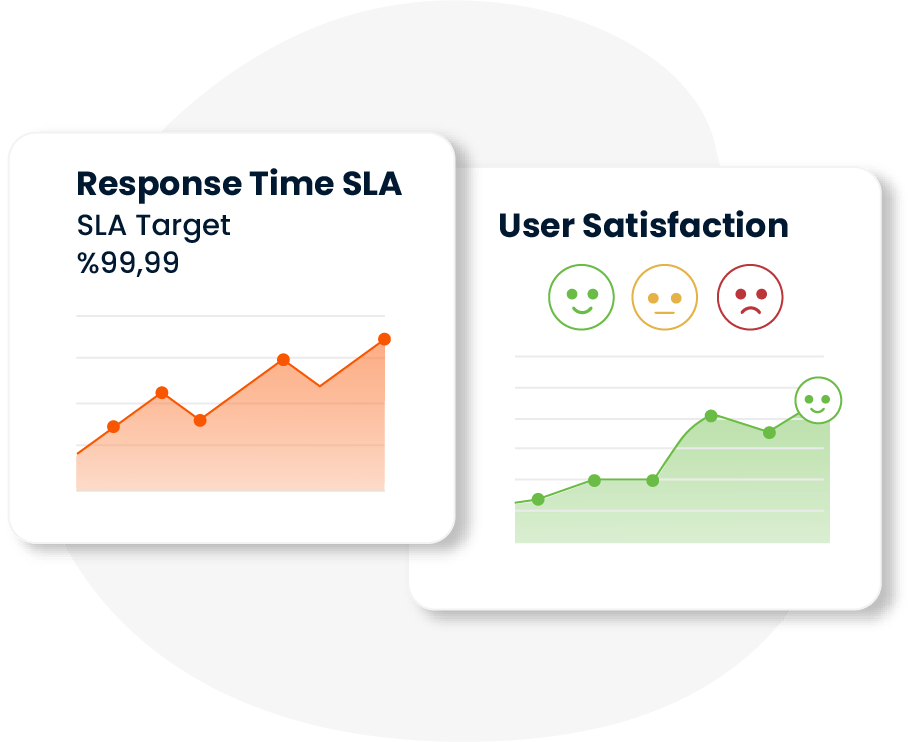
Experience Panel and Dashboards
Personalization with User Segmentation





Frequently Asked Questions (FAQ)
SLA measures the technical performance of the service; XLA measures how the user is affected by the service. SLA has metrics focused on “time” , while XLA focuses on ‘experience’ and “satisfaction”. When the two are used together, both operational and experiential quality are assured. In this way, the real success of the service is evaluated in multiple dimensions.
No, but it is recommended. The XLA structure built on the SLA infrastructure is more consistent. SLA provides the technical foundation, XLA complements it from the user perspective. Especially in the digitalization process, the use of these two together gives healthier results.
Surveys, user comments, metrics such as CSAT (Customer Satisfaction Score) and NPS (Net Promoter Score) are used. Digital usage data (such as click-through rate, transaction time) is also analyzed. Thus, quantitative and qualitative data are evaluated together. Reports are presented to managers on visual dashboards.
No, XLA is not just a survey. It is fed by many data sources such as user behavior, digital interactions, sentiment analysis. The reasons behind satisfaction are analyzed in depth. Thus, not only the question “is it satisfied?” but also “why is it satisfied or dissatisfied?” is answered
Yes, but it is recommended to start with a simpler and more targeted structure. Small businesses can prepare the ground for XLA by optimizing their SLA infrastructure. Collecting experience data can start with small surveys and feedback boxes. This structure can be improved over time.
If You Have Any Other Questions, Contact Us!
SLA measures the technical performance of the service; XLA measures how the user is affected by the service. SLA has metrics focused on “time” , while XLA focuses on ‘experience’ and “satisfaction”. When the two are used together, both operational and experiential quality are assured. In this way, the real success of the service is evaluated in multiple dimensions.
No, but it is recommended. The XLA structure built on the SLA infrastructure is more consistent. SLA provides the technical foundation, XLA complements it from the user perspective. Especially in the digitalization process, the use of these two together gives healthier results.
Surveys, user comments, metrics such as CSAT (Customer Satisfaction Score) and NPS (Net Promoter Score) are used. Digital usage data (such as click-through rate, transaction time) is also analyzed. Thus, quantitative and qualitative data are evaluated together. Reports are presented to managers on visual dashboards.
No, XLA is not just a survey. It is fed by many data sources such as user behavior, digital interactions, sentiment analysis. The reasons behind satisfaction are analyzed in depth. Thus, not only the question “is it satisfied?” but also “why is it satisfied or dissatisfied?” is answered
Yes, but it is recommended to start with a simpler and more targeted structure. Small businesses can prepare the ground for XLA by optimizing their SLA infrastructure. Collecting experience data can start with small surveys and feedback boxes. This structure can be improved over time.
